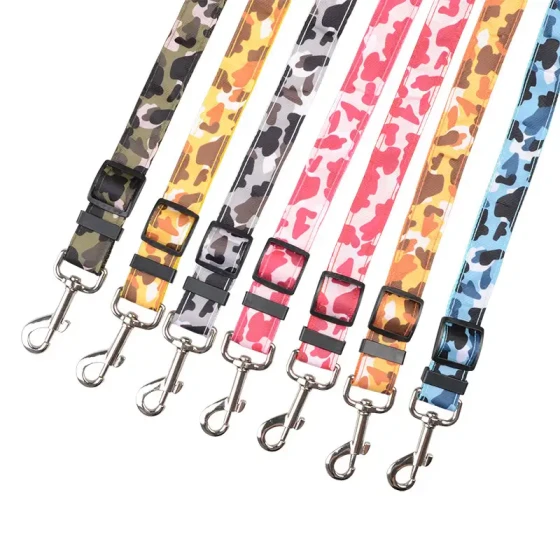What to do if the dog refuses to be disciplined?
During the process of raising a dog, there are many moments when the dog refuses discipline that often annoys the owner. These bad habits are closely related to the owner's previous education. So how can you gradually help the dog break bad habits?

What to do if the dog refuses to be disciplined?
1.First let the dog remember its name
For example, call the dog's name every day when feeding it. The name should be loud, concise, and distinct, not for the sake of sounding nice, but because such names are easier for the dog to remember. The dog will know that when its name is called, it will come and get something delicious. Over time, the dog will develop a conditioned reflex to run over whenever it hears this name.
2.Teach the dog to sit
The method is to gently press the dog's hindquarters, and the dog will obediently sit down. Then give it food, letting the dog think this is a reward after completing the command, thereby firmly remembering your instruction. If you let your puppy eat while sitting, it will maintain this habit when it grows up.
3.Train the dog to lie down
Grab the dog's front legs and stretch them forward, gently pressing its body toward the ground. When the dog finally lies down, praise it, pet its head, and give some food rewards appropriately. Repeat this action to strengthen the dog's impression until it remembers it.

What to do if the dog refuses to be disciplined?
How to make the dog more obedient?
1.The dog thinks you are its owner and king, so it will naturally develop the desire to follow you at first. A big trouble with this desire is that before you train the dog to be more obedient, your dog will always be by your side all the time.
2.Make the dog sit on the ground according to your command. This posture helps the dog concentrate, which is very beneficial for any training you are about to carry out, such as training the dog to wait, which is often useful. Then use gestures and language to tell it: “Don’t move from here.” At this time, leave your dog, not far, and look back to see if the dog stays still when you leave. If the dog indeed does not leave its original position, go back to encourage it and give some rewards. If you find the dog moved after you left, immediately return and repeat the training, using your expression and body language to show the dog that you are unhappy with its behavior.

What to do if the dog refuses to be disciplined?
Dogs don’t understand human language. For many things you want to express, dogs have difficulty understanding, so we need to put ourselves in the dog’s shoes from their perspective to think about how to let the dog know what we want to convey. With more patience, the dog will not disappoint your efforts.





